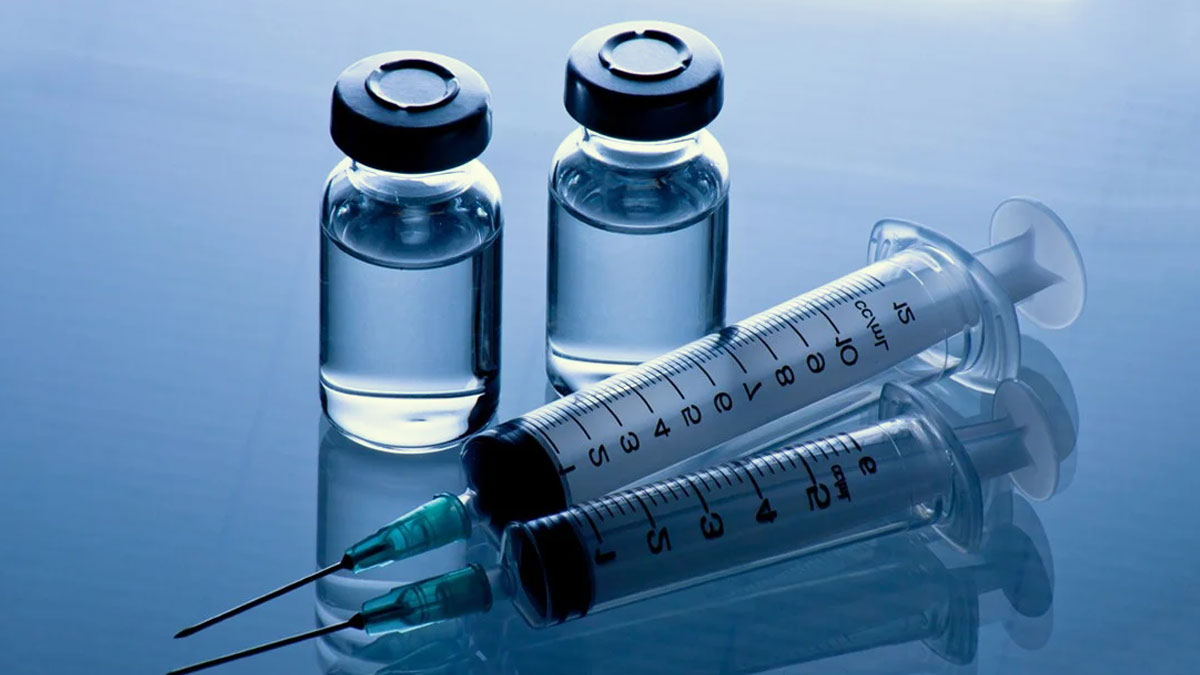
A recent report from the World Health Organization (WHO) has shed light on the vital role that vaccines can play in combating antimicrobial resistance (AMR) and reducing the global dependence on antibiotics. The study estimates that vaccines targeting 24 different pathogens could decrease the need for antibiotics by as much as 22%, or 2.5 billion daily doses annually. This underscores the potential of vaccines not only to prevent infections but also to limit the misuse and overuse of antimicrobial drugs, a primary driver of AMR.
Table of Content:-
Understanding Antimicrobial Resistance
Antimicrobial resistance arises when bacteria, viruses, fungi, or parasites evolve in such a way that the medications designed to treat them become less effective. This leads to prolonged illnesses, a higher risk of complications, and infections that are increasingly difficult to manage. The misuse and overuse of antimicrobial drugs, particularly antibiotics, are major factors contributing to this resistance. Simultaneously, many individuals worldwide lack access to essential medications, exacerbating the problem.
According to WHO, nearly 5 million deaths each year are associated with AMR. Without immediate action, the global health community risks facing a future where even routine infections and minor injuries could become life-threatening due to a lack of effective treatments.

Vaccines: A Powerful Tool in the Fight Against AMR
The WHO report emphasizes that vaccines can be an essential weapon in reducing the spread of drug-resistant infections. By preventing infections before they even occur, vaccines reduce the need for antibiotics and other antimicrobial medications. This, in turn, curbs the spread of resistant pathogens and slows down the development of new drug-resistant strains.
Some vaccines, such as those for pneumococcus pneumonia, Haemophilus influenzae type B (Hib), and typhoid, are already available but underutilized. Others, including vaccines for tuberculosis (TB) and Klebsiella pneumoniae, are still in development but hold significant promise in preventing drug-resistant infections on a global scale.
Also Read: India's Climate-Friendly Diet and Sustainable Eating Habits Could Help Save the Planet, Says WWF
Current and Future Impact of Vaccines on AMR
The report also provides an estimate of how existing and upcoming vaccines could reduce deaths linked to AMR. For instance, vaccines currently in use could prevent up to 106,000 AMR-related deaths annually. Moreover, the introduction of new vaccines, particularly for TB and Klebsiella pneumoniae, could save an additional 543,000 lives each year.
TB, a major global health concern, is responsible for a large number of AMR-related deaths. The development of a vaccine for TB could be one of the most significant advancements in reducing antibiotic use and combating AMR. While there are clinical trials underway for new TB vaccines, the vaccine for Klebsiella pneumoniae is still in the early stages of development.
Reducing Antibiotic Use: A Global Necessity
The WHO report estimates that if the global immunization rate for vaccines targeting certain pathogens were to increase, significant reductions in antibiotic use could be achieved. For instance, pneumococcal vaccines could prevent 33 million antibiotic doses annually if 90% of the world’s children and older adults were immunized. Typhoid vaccines could reduce the need for 45 million antibiotic doses, particularly in regions with high infection rates. Similarly, a malaria vaccine could save up to 25 million doses of antibiotics, which are often incorrectly prescribed to treat the disease.
The potential impact of a TB vaccine is particularly noteworthy. Once developed, it could save between 1.2 and 1.9 billion antibiotic doses, making it one of the most important tools in the fight against AMR.
Also Read: The Office Star Jenna Fischer Reveals Triple Positive Breast Cancer Diagnosis; Know All About It
Economic Benefits of Vaccines in Combating AMR
In addition to saving lives, vaccines could also alleviate the immense financial burden that AMR places on global healthcare systems. The WHO report highlights that resistant pathogens currently cost hospitals an estimated $730 billion annually. By reducing the prevalence of resistant infections, vaccines could help cut these costs by a third.
Beyond direct healthcare savings, investing in vaccine research and development could bring long-term economic benefits. Vaccines provide a cost-effective means of preventing diseases that would otherwise require expensive treatments, prolonged hospital stays, and intensive care.
A Global Call to Action
The findings of the WHO report coincide with broader global efforts to address AMR. During the 79th United Nations General Assembly High-Level Meeting on AMR in September 2023, world leaders endorsed a political declaration aimed at reducing the number of human deaths linked to AMR by 10% by 2030. The declaration calls for increased access to vaccines, medicines, and diagnostics, as well as financial incentives to promote innovation in health research and development.
Bottomline
Vaccines are an indispensable tool in the fight against AMR. By preventing infections and reducing the need for antibiotics, they can play a key role in limiting the spread of resistant pathogens. The WHO report underscores the urgency of expanding access to existing vaccines and accelerating the development of new ones. As the world grapples with the growing threat of AMR, vaccines offer a powerful, preventive approach that could save millions of lives and significantly reduce healthcare costs globally.
Also watch this video
Read Next
India's Climate-Friendly Diet and Sustainable Eating Habits Could Help Save the Planet, Says WWF
How we keep this article up to date:
We work with experts and keep a close eye on the latest in health and wellness. Whenever there is a new research or helpful information, we update our articles with accurate and useful advice.
Current Version